Algae: Useful for fuel production
The news is there: a very common type of algae of difficult name -Chalamydomonas reinhardtias- can be used for the production of hydrogen, a clean fuel and various industrial uses.
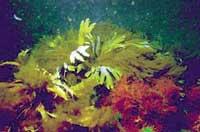
Looking ahead, in the search for alternative energies, it is evident that hydrogen is quite well located. In fact, hydrogen is believed to be used to obtain electricity from fuel cells or to burn in engines.
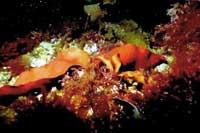
However, although hydrogen is very well located, its obtaining is quite complicated, as a complex chemical process is required. This same path, in the race of alternative energies, is also not highly valued, since hydrogen comes out of natural gas. As is known, natural gas is not a renewable source. Therefore, in the search for alternative energies little can come from there. Nature itself has offered University of California researchers a better way out than chemical processes. During the work they discovered: That the algae Chalamydomonas reinhardtii is able to produce a large amount of hydrogen in a specific situation. The intervention in the process of photosynthesis of this algae produces hydrogen. Therefore, in the case of algae, it seems that in the future water and sunlight will be the only raw materials. However, studies to date have been conducted at a low level. Consequently, the production data of current research is not yet appreciable. However, the head of the research, the microbiologist Tasios Melis, says that as the research progresses the process of hydrogen production will multiply by ten, and then you can check whether the use of algae to obtain fuel is profitable. Data has paved the way for optimism. According to the study, a small plant would be enough to meet the needs of a dozen cars each week.
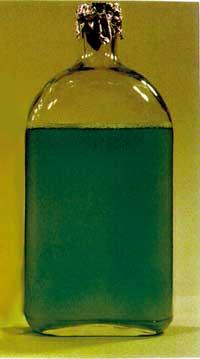
Many experts believe that in the future hydrogen will be the main renewable energy and will replace fossil fuels, as it does not damage the environment. When hydrogen is burned, water – steam – is left, drinking water. However, if you want to move forward on this path there is still much to investigate. For example, it will be necessary to study well how to store hydrogen, which is a very volatile gas, find better modes of transport and, of course, the supply system. These are problems, but they are not thought to be limits, they are only objections.
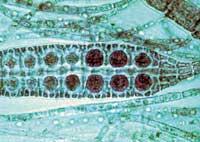
Until they have encountered this curious system and common seaweed, scientists knew that algae are capable of producing hydrogen for a long time, at least for 60 years. Thanks to the latest studies it has been possible to find the switch of algae molecules that makes the photosynthesis system start up or stop. If this photosynthesis system or process is continuous, photosynthesis stops and no oxygen is produced. To stop the system, sulfur is removed in the algae area. Without oxygen, anaerobic cells are unable to burn fuel normally, i.e. by metabolic breathing. To survive, algae use an alternative system in which they produce hydrogen. In this situation the algae cannot last too long, but they can do enough to produce a relatively high amount of hydrogen. At the moment, researchers have worked with only one type of algae, but they believe that many algae may have an alternative system. Therefore, they would be an almost inexhaustible source of energy.
Algae, those unknown
Although more and more things are known about the characteristics of algae, what scientists know is still very little. The amounts do not agree either. According to some experts, the species described so far would be 45,000, others claim that there are about 100,000 and, according to the latest data, between those described and those not described, the number of algae species could be around 130,000. Although there is no consensus on this, all experts agree that what is known about algae is still very little.
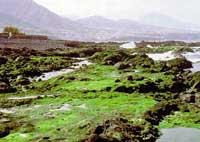
However, as in other cases of nature, despite its abundance, the future of algae is not clear. Changing life habits also causes constant changes in the sea. There are more and more buildings on the coast, more and more people on the coasts, the consequences are clear: more pollution, more dirty water to the sea, degradation of the coast… change of nature itself.
They say that the future is at sea, but for that future to be a reality we must take care more of the sea. In fact, biological processes occurring at sea affect the stability of all ecosystems. Therefore, the XXI of many scientists. The 20th century research will focus on the sea.
Published in 7
Buletina
Bidali zure helbide elektronikoa eta jaso asteroko buletina zure sarrera-ontzian











